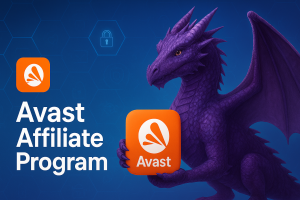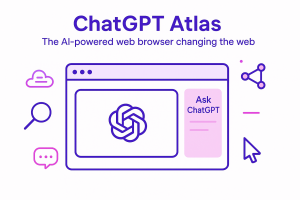Today, many developers experiment with “vibecoding” — writing code not from scratch, but in collaboration with an AI that understands the task context and suggests ready-made code fragments. It sounds magical, but in corporate applications with critical functionality, this approach quickly turns into chaos unless there’s a solid process behind it.
Here’s how we built our version of “serious vibecoding” in a real-world project with a large Yii2 codebase, complex databases (MySQL, ClickHouse, Redis), and tons of integrations. This isn’t just about throwing together CRUD — it’s a step-by-step system that brings structure and predictability to feature development.
Why it works🤔
- AI is like a super-fast intern. It can generate huge volumes of code without fatigue, but still needs a guiding hand.
- We use existing context: we rarely start from scratch, but rather integrate new features into a live system. That means the AI must first understand how the project works.
- Every step is checked by humans and automation: tests, reviews, static analysis, and load testing.
Our 15-step human-friendly process ✅
1. Study the context
We don’t write code until the AI understands the current system. We feed it files, database schemas, and business logic.
2. Discuss the solution
We brainstorm implementation options with AI, evaluate risks and architecture. Only when the logic is sound, we move on.
3. Build in parts
Start with DB migrations, then models, then service layers. Easier to test and validate.
4. Test environment is everything
All changes go to local or test environments first. Production comes only after a full validation cycle.
5. Generate tests from code
After coding, we ask AI to write tests. It serves as validation and documentation.
6. Run tests and fix bugs
Automated tests + manual verification.
7. Compare with master
We ask AI to show diffs, propose improvements, and refactor suggestions.
8. Vulnerability check
We prompt AI to scan for SQL injections, XSS, data leaks.
9. Query optimization
We ask AI to review queries for potential optimization — critical in data-heavy systems.
10. Additional audits
We can prompt AI to analyze code from the perspective of a DBA, architect, or performance engineer.
11. Recheck
Another round of tests and manual checks.
12. Human developer review
Finally, a developer examines the code to ensure all functions are needed, well-placed, and readable. This often leads to further refactoring or clarifications.
13. Final test run
Full test cycle before merge.
14. Documentation update
Surprising benefit: documentation writes itself. AI knows exactly what was done and explains it clearly — often better than the coder would.
15. Pull Request
With a full checklist: tests, migrations, documentation, reviews.
No matter who writes the code:
- Feature flags: New code rolls out to limited users, can be disabled anytime.
- CI dry-run migrations: Prevent DB changes from crashing production.
- Automated gates: Linters, phpstan, semgrep, dependency/license checks.
- Load testing: All major queries are tested on real data volumes before release.
- Canary releases: We deploy to a small traffic slice first and watch the metrics.
Why this matters
Vibecoding without process = technical debt on steroids.
Vibecoding with process = accelerated development without loss of quality.
In our case:
- Features ship 2–3x faster, especially when tweaking business logic.
- Post-release bugs haven’t increased.
- The whole team understands what AI does and can maintain the code.
Final thought
AI in development isn’t a magic button. It’s a new tool. And like any tool, it can be harmful if misused. But with the right process in place, it becomes a powerful accelerator — even in complex corporate environments.
The most important thing to remember:
AI doesn’t replace architectural thinking or business understanding.
Looking ahead, AI might outperform us in code — but humans still lead the way



















































